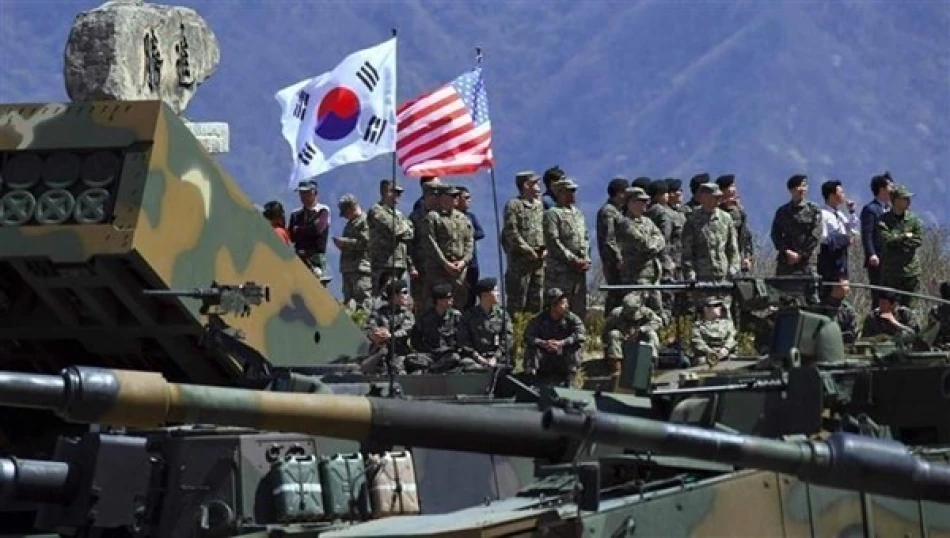
Joint Military Drills Commence Between Seoul and Washington, Strengthening Regional Security
South Korea and US Launch Major Military Drills Amid Rising Regional Tensions
South Korea and the United States have commenced their largest annual joint military exercise, deploying 18,000 South Korean troops in an 11-day operation designed to strengthen defensive capabilities against North Korean threats. However, nearly half of the planned field exercises have been postponed until September, signaling potential logistical challenges or strategic recalibrations in the alliance's military planning.
Ulchi Freedom Shield: A Show of Allied Strength
The "Ulchi Freedom Shield" exercises, running through August 28, represent one of the most comprehensive military drills between the two allies. This year's operation maintains a similar scale to 2023's exercises, with approximately 40 field training components planned across multiple domains including land, sea, air, cyber, and space operations.
The decision to mobilize 18,000 South Korean personnel underscores the exercise's significance in maintaining combat readiness. These drills traditionally combine computer simulations with live-fire exercises, testing everything from missile defense systems to coordinated air strikes.
Strategic Timing and Regional Context
The timing of these exercises carries particular weight given North Korea's accelerated weapons development program. Over the past two years, Pyongyang has conducted numerous missile tests, including intercontinental ballistic missiles capable of reaching the US mainland. The regime has also strengthened ties with Russia, reportedly providing artillery shells for Moscow's war in Ukraine in exchange for advanced military technology.
Delayed Field Exercises Signal Adaptation
The postponement of roughly 20 field training exercises until September suggests either weather-related considerations or a strategic decision to spread training intensity across a longer timeframe. This adjustment could also reflect lessons learned from previous drills or accommodate equipment maintenance cycles for advanced weapons systems.
Implications for Regional Security Architecture
These exercises reinforce the US commitment to its 70-year security alliance with South Korea, which stations approximately 28,500 American troops on the peninsula. The drills serve multiple strategic purposes: deterring North Korean aggression, reassuring South Korean public opinion, and demonstrating resolve to China, which views increased US military presence in East Asia as a direct challenge to its regional ambitions.
The exercises also test interoperability between American and South Korean forces, crucial for any potential conflict scenario. Modern warfare requires seamless coordination between different military branches, intelligence systems, and command structures—capabilities that can only be maintained through regular joint training.
Economic and Diplomatic Ramifications
While primarily military in nature, these exercises inevitably influence regional economic stability. Financial markets in Seoul and Tokyo often react to heightened tensions on the Korean Peninsula, particularly when North Korea responds with its own military demonstrations or inflammatory rhetoric.
The drills may also complicate diplomatic efforts to engage North Korea, though Pyongyang has historically used such exercises as justification for its own weapons programs regardless of their defensive nature. This cycle of action and reaction has become a predictable feature of Northeast Asian security dynamics, limiting opportunities for meaningful dialogue.
Most Viewed News

 Layla Al Mansoori
Layla Al Mansoori






